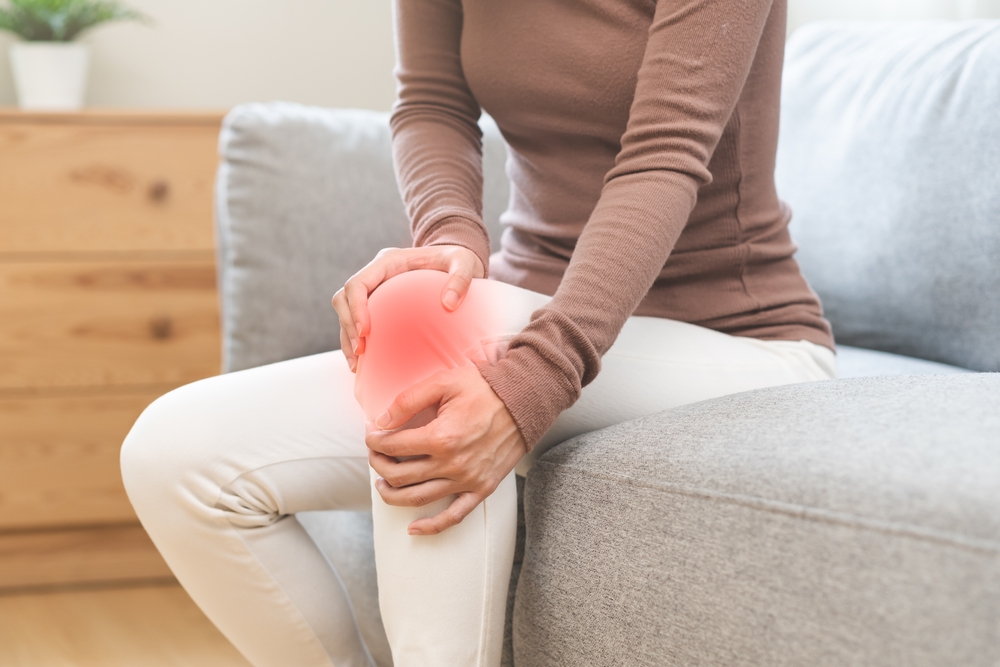Men between the ages of 51 and 70 should aim for 1,000 mg of calcium per day. The recommended amount of calcium that 51- to 70-year-old women and seniors aged 71 and older need is 1,200 mg. As we age, calcium levels in our bodies become depleted. This is because seniors tend to have smaller appetites, so they take in less calcium. Secondly, there is increased calcium loss in the urine of seniors because the efficiency with which the kidneys can retain calcium decreases as we get older. This is why calcium intake is higher for seniors.
Some examples of calcium-rich foods include cheese, milk, yogurt, dark leafy greens, and tofu. One slice of cheese contains 201.9 mg of calcium, one cup of milk contains 305 mg, one container of yogurt contains 187 mg, 100 grams of collard greens contains 232 mg, and half a cup of tofu contains 434 mg.
It is recommended that calcium be consumed through food rather than taking calcium supplements. Research has shown that the risk of fractures, osteoporosis, and diabetes in seniors can be reduced through adequate calcium intake.
People that are lactose intolerant tend to have a harder time getting enough calcium. You can eat hard cheeses such as Parmigiano-Reggiano and most cheddars because their lactose is changed to lactic acid as they age. Alternatively, consider trying plant-based milk such as soy and almond milk, which are lactose-free and a good source of calcium.
You can book caregivers who can provide meal assistance and preparation and order a meal plan using the Boom Health app. Download it on the App Store or Google Play Store to get started.
This article is not intended to be a substitute for professional medical advice or diagnosis. Always seek the advice of your physician or other qualified health provider with any questions you may have regarding a medical condition.





